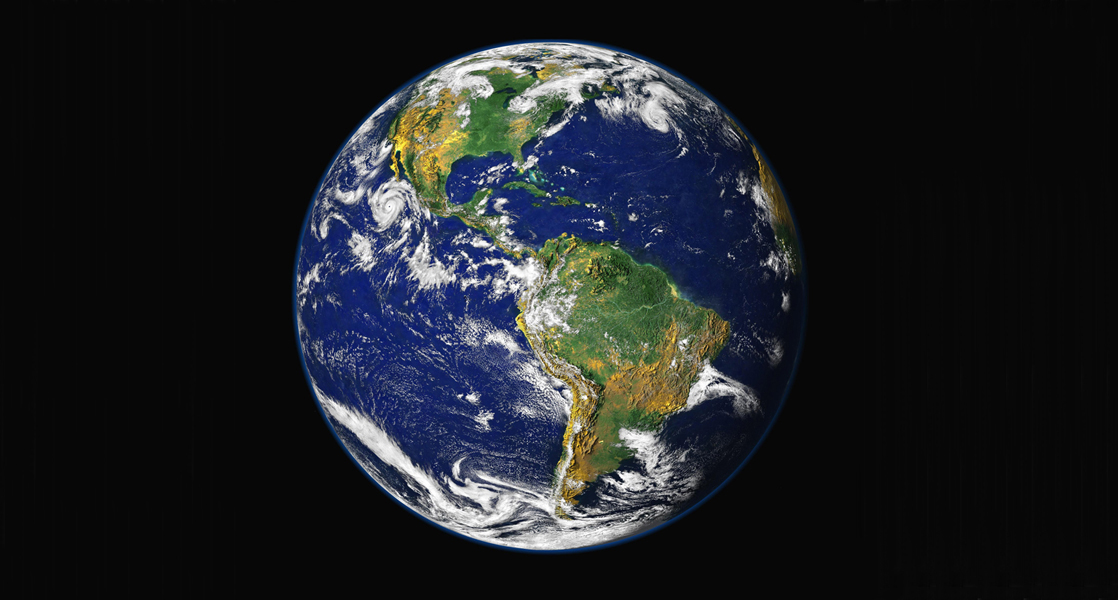
|

1.1 The study of life Read Online

Viewed from space, Earth offers no clues about the diversity of life forms that reside there. The first forms of life on Earth are thought to have been microorganisms that existed for billions of years in the ocean before plants and animals appeared. The mammals, birds, and flowers so familiar to us are all relatively recent, originating 130 to 200 million years ago. Humans have inhabited this planet for only the last 2.5 million years, and only in the last 200,000 years have humans started looking like we do today.
Chapter 30: Plant Form and Physiology MCQ Multiple Choices Questions Quiz Test Bank
30.1 The Plant Body
30.2 Stems
30.3 Roots
30.4 Leaves
30.5 Transport of Water and Solutes in Plants
30.6 Plant Sensory Systems and Responses